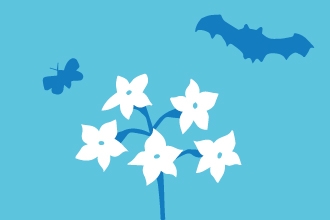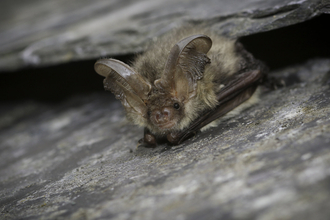As pumpkins are carved and costumes are donned, our thoughts turn to those night-time dwellers that lurk in the shadows and are seen only from the corners of our eyes. We tell ourselves ghoulish stories about Dracula turning into a bat and witches adding nature's ingredients into their cauldrons. Our lack of knowledge (or interest) in these mysterious creatures that emerge as the sun sets has manifested in stories and myths that are more familiar to us than the animals themselves.
Before we go any further, let's bust some of those myths and startle you with facts.
- No, bats don't turn into Dracula
- No, adding their 'wool' to a cauldron (along with the eye of a poor newt or the toe of a hopless frog) won't effect a curse.
- No, although eyesight may not abe their primary sense, they're not blind (so think twice before you accuse your loved one as being 'as blind as a bat').
- No, they won't get caught in your hair because they have a great sense of direction.
- No, not all bats hang upside down when they're roosting but it does allow them to simply let go and spread their wings when they're ready to fly.
- Yes, they're sometimes called flying mice but they're genetically closer to humans than to rodents.
- Yes, they're munching machines - common pipistrelles, the bats most commonly found in and around our houses, need to eat over 3000 insects in one night.
- Yes, they're tiny. A lesser horseshoe bat weighs in at about the same as a £1 coin.






